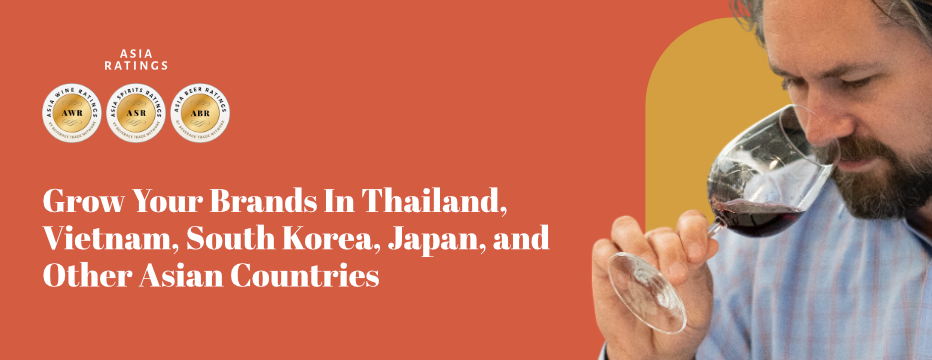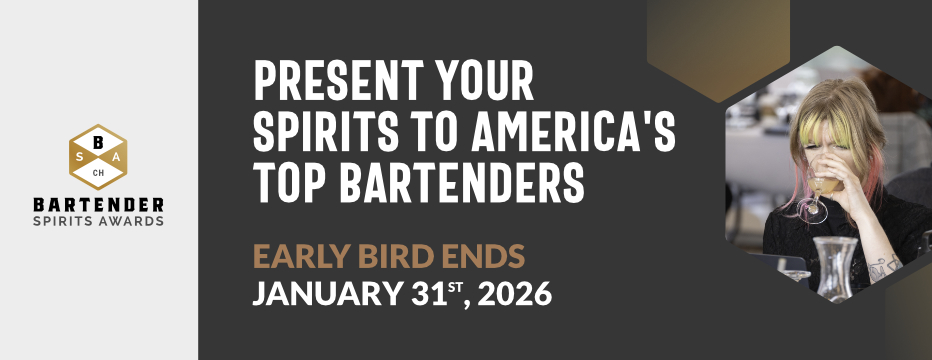Sommeliers Choice Awards 2025 Winners
How To Develop and Deliver a Successful Bulk Wine Program
Understanding what success looks like, depending on where you are in the marketplace. It’s helpful to think in terms of the “supply” side of the market and the “demand” side of the market.

In July 2017 at the International Bulk Wine & Spirits Show (IBWSS) in San Francisco, global wine editor Deborah Parker Wong reviewed the roles played by each of the major participants in the global bulk wine industry. She illustrated these roles with examples of successful companies that are making the bulk wine industry more transparent and fluid.
The key to success, suggests Wong, is understanding what success looks like, depending on where you are in the marketplace. As Wong explains, it’s helpful to think in terms of the “supply” side of the market and the “demand” side of the market. The “supply” side of the market includes the producers, while the “demand” side includes retailers and on-premise establishments like restaurants. In addition, brokers, contract suppliers, and global négociants interact with both the “demand” and “supply” side of the market.
1. Producers – These include three different types of participants – the “as needed” producers, the “specialists” that focus specifically on providing wine for the contract suppliers, and the “hybrids” that both make their own wine and also sell into the bulk market.
2. Brokers – The brokers within the bulk wine market help to provide the global perspective, and contribute both real-time and historical analysis to guide all the major players. These include “niche” brokers, “volume” brokers and the new emerging set of “virtual” brokers, such as the online exchange VINEX.
3. Contract suppliers – These players source in bulk, both for themselves and for others. The latest trend is moving toward full vertical integration, in which these contract suppliers are starting to invest in physical assets like bottling facilities. This vastly expands the range of services that they can offer. One company that Wong points out here is WX Brands, which is moving to combine volume, scale, and distribution, all within one company. The company has a portfolio of 200+ brands., and so it sources wine from 17 different countries specifically for these brands.
4. Global négociants – One successful example here, says Wong, is Locations Wines. This is a winery that blends wines across entire countries, not just regions or specific vineyards. Wines are then branded with just one or two letters - such as “E” for wines from Espana (Spain) and “I” for wines from Italy – depending on where the grapes are sourced.
5. Retailers – On this demand side of the market, the focus is almost entirely on margins. Key players here include Costco, Sam’s Club, Whole Foods and Trader Joe’s. A relatively new entrant here is Amazon, which has partnered with Oregon’s King Estate Winery to produce the first Amazon-exclusive wine, known as NEXT. These wines are priced at premium price points (above $20 per bottle), showing the continuing premiumization of the bulk wine market.
6. On-premise establishments – Here, the focus is often on differentiation and standing out in a crowded market. A good example of success here is The Morris, which is a restaurant in the San Francisco area that uses private label wines on its menu to win over and attract new customers.
So what does success look like within the bulk wine market? At the end of the day, says Wong, success is not about branding. Instead, it’s all about distribution: “Distribution is the common denominator of success for bulk wine programs.” Factors like price and quality matter, but they play a secondary role to distribution. So if you are serious about success within the bulk wine market, make distribution your primary focus.






















